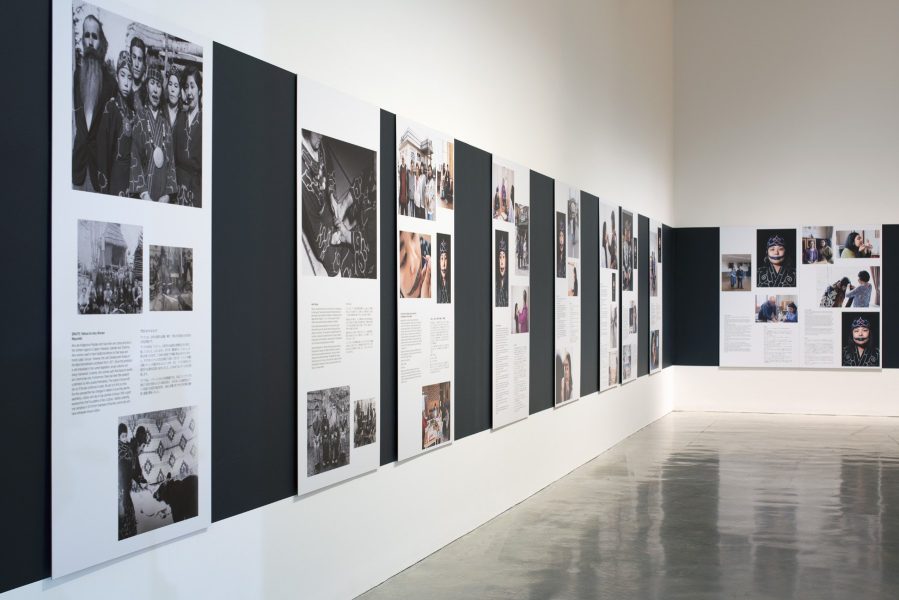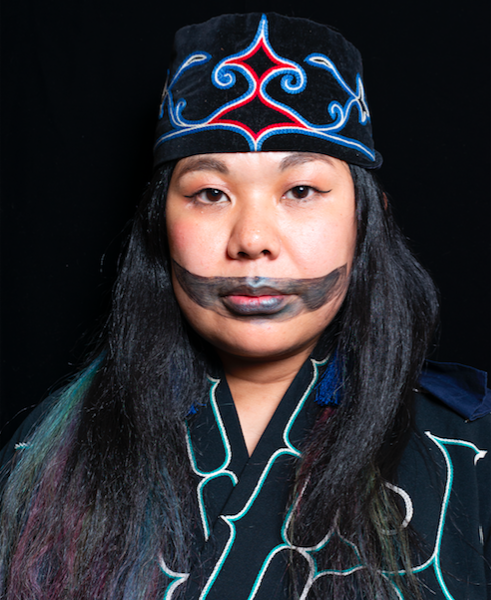Home Participants 22nd Biennale of Sydney (2020) Mayunkiki
Mayunkiki


Mayunkiki
Born 1980 in Hokkaido, Japan Lives and works in Hokkaido

The Japanese government initially outlawed Ainu tattooing (called Sinuye) in 1799. After the refusal of Ainu women to cease practicing their culture, even stronger laws were introduced in 1871. Mayunkiki’s photographs form part of a research practice into the restitution of traditional Ainu tattooing practices. Sinuye histories and memories are explored through talking and re-performing the action of tattooing on the face using paint. For the artist, this practice expands her role as a member of Marewrew, a women’s vocal group whose activities centre around the rebirth and passing on of the traditional Ainu song Upopo – a practice rooted in rhythmic patterns and the signature style of singing in a trance-like chorus. Mayunkiki also participates in several creative projects related to Ainu culture as an adviser / singer. Research supported by the Foundation for Ainu Culture Commissioned by the Biennale of Sydney with generous support from Open Society Foundations, and assistance from NIRIN 500 patrons
“I began to research Sinuye – the traditional tattooing practice for Ainu women. Sinuye has been banned by Japanese law and the few people who paint today only do so on special occasions. In my research, I search out older Ainu people who have seen Sinuye and encourage them to recall their memories of it. My interviewees are very old and only a few of them have actually seen Sinuye in the past. I ask those few who remember it to draw Sinuye on my face as they recall it being done. Through this act I think about Ainu culture, our Ainu history and myself.”